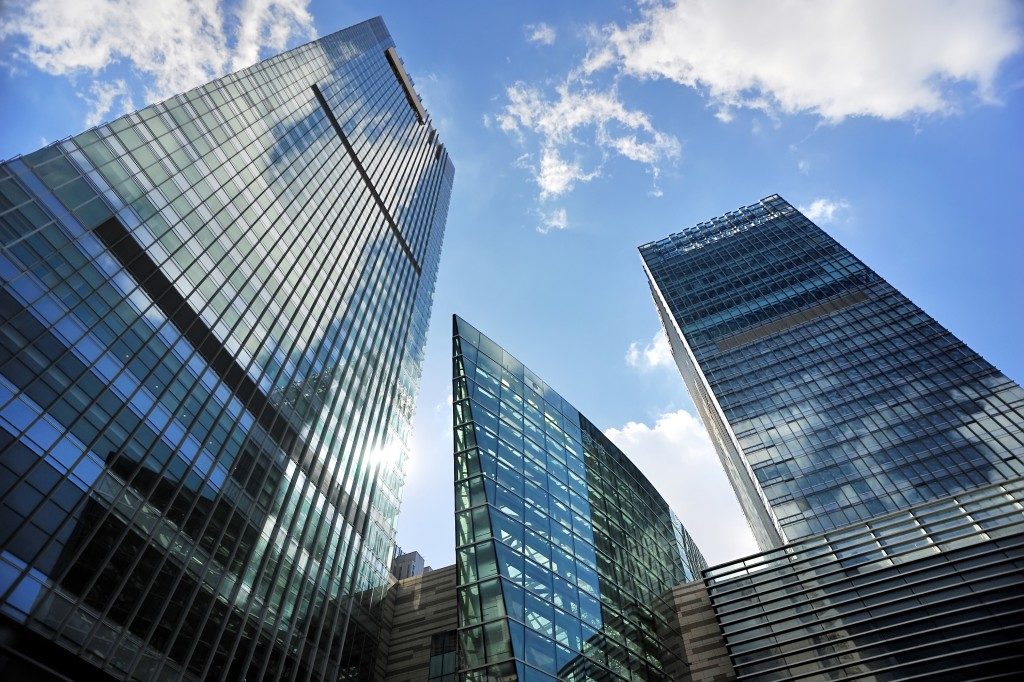
Automotive paint booths are growing in popularity nowadays. They are also called spray booths. These pressure-controlled spray paint environments provide car owners with an alternative that requires less waiting time and more design options. This is not just to avoid issues with overspray and prevent fumes and chemicals. On the other hand, owners find paint booths a reliable partner when maintaining the value of their autos. When seeking for an automotive paint booth service, it is helpful to know more about the types of booths.
Design Types
In general, paint booths are classified into three types of designs. These are open-face spray, pressurized, and non-pressurized booths. Each design caters to specific types of finishes and industrial applications.
1. Open-face Spray Booths
These models consist of three parts: the ceiling, two sidewalls, and rear exhaust plenum. The air goes through the open front, exiting from the rear exhaust. Open-face spray booths are common in woodwork and furniture projects. They are also used in auto facilities and repair centers.
2. Pressurized Booths
Pressurized booths are an enclosed type that releases air at the same amount it draws in. A heater or an air makeup system is usually included for colder climates. This model is a popular type, particularly in the manufacturing and refinishing of autos and electronic devices.
3. Non-pressurized Booths
These enclosed models draw in and expel air through the use of many filters. A heater system may also come with this model. Industries that use this type of spray system are auto manufacturing and refinishing, metalwork, and fiberglass industries.
Configuration Types

In terms of configuration, spray booths operate on a system of airflow and exhaust mechanisms. These systems work hand in hand to optimize environmental control. There are three types: downdraft, semi-downdraft, and cross-draft booths.
1. Downdraft Paint Booths
These are enclosed booths that have intake filter systems aimed at providing a clean painting environment. They have a roomy ceiling filter and a pit system where exhaust air is released. As one of the most advanced configuration types, it is commonly used in large production shops.
2. Semi-downdraft Paint Booths
These have their exhaust found at the rear end. Air flows down at a 45-degree angle. This air enters through a plenum at the front. This type is also very popular mainly due to the more affordable price tag.
3. Cross-draft Paint Booths
These booths operate differently as the first two. The air moves at a cross-flow motion—for instance, the air moves from one end to another. Cross-draft booths are older models, and they are usually non-pressurized. Compared to the other types, these booths are more difficult to control since they are non-pressurized.
Automotive paint booths are classified into design and configuration types. These types depend on particular needs in how the overall structure looks like and how to control airflow. Some are built on older models, and some are fresher in terms of mechanisms. When choosing a service, make sure that your car and your pocket are up to the task.




